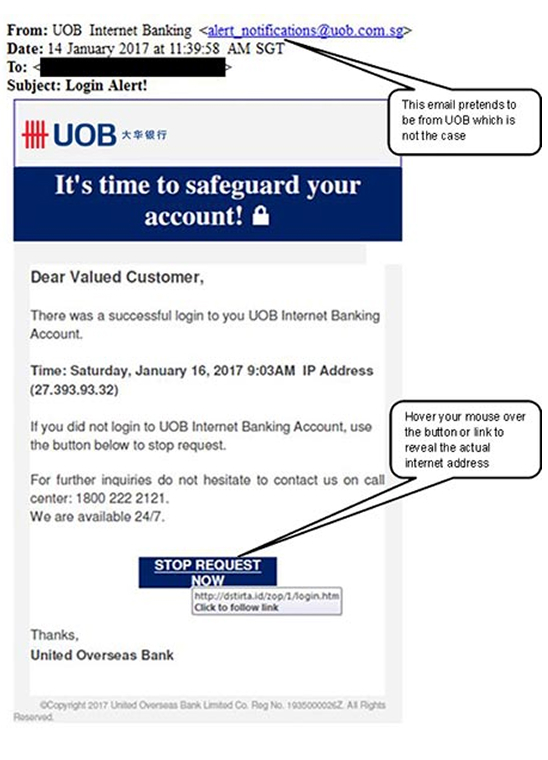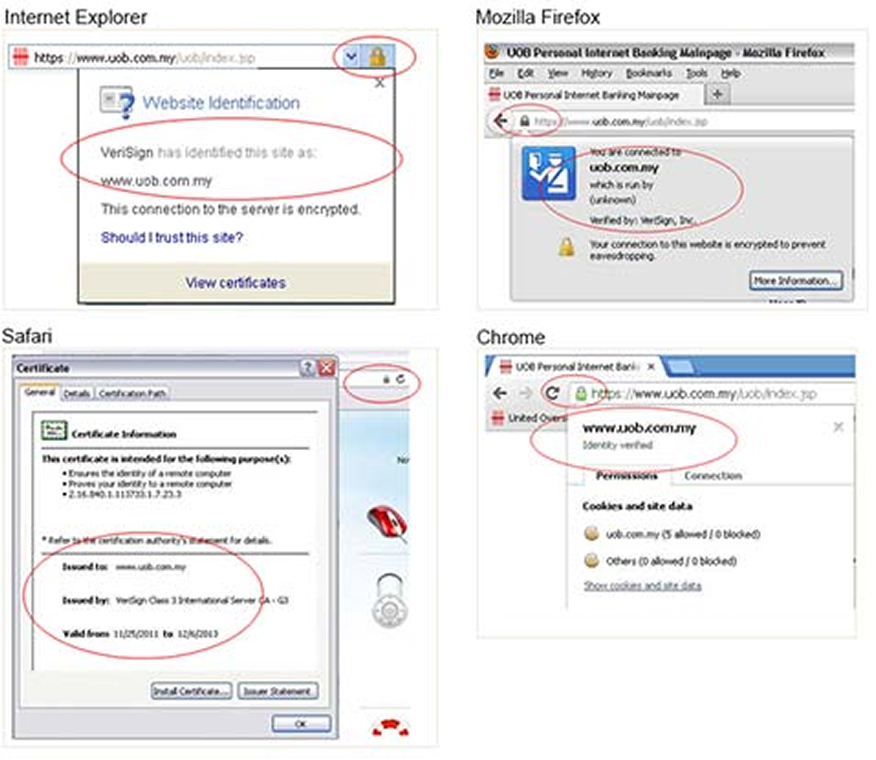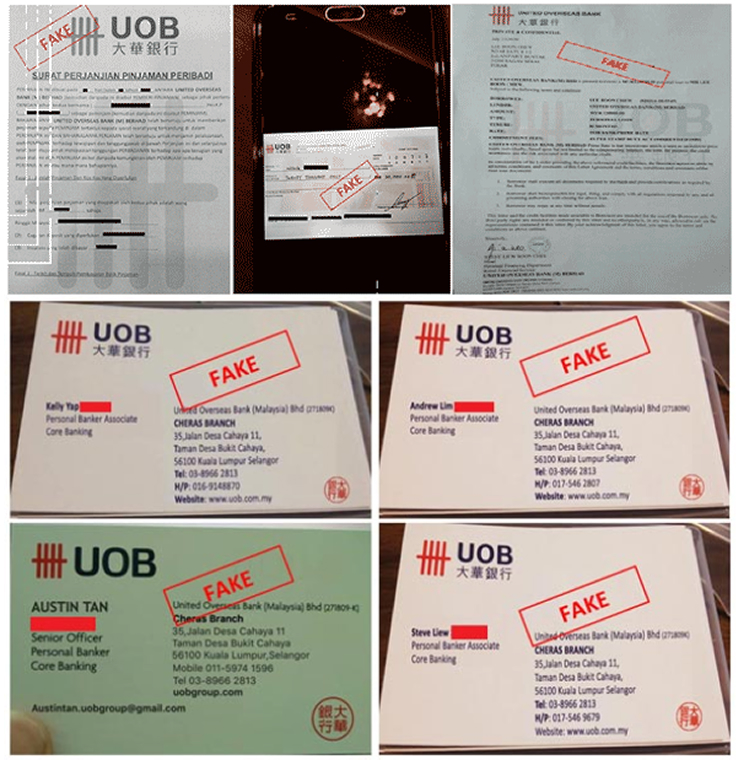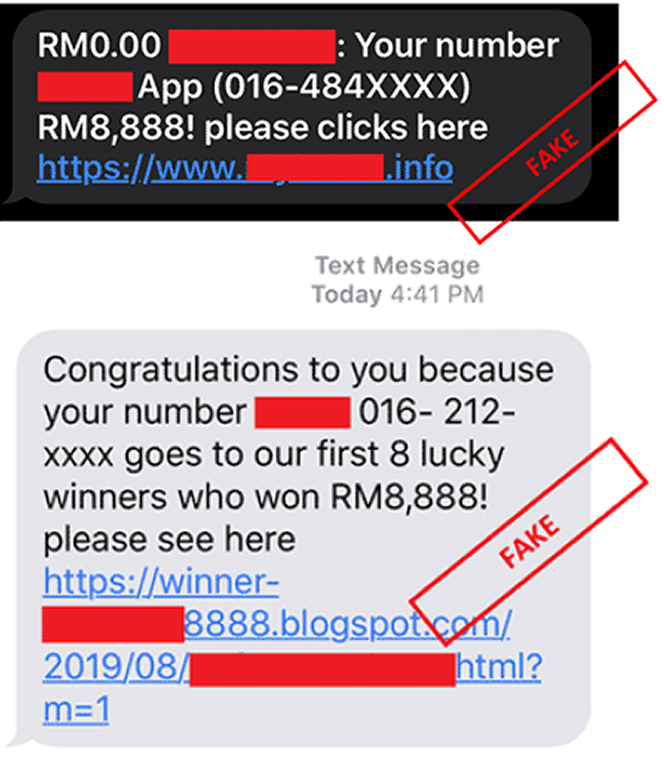Here we share how to safeguard your credit/debit card & PIN at the ATM.
1 of 3
What do you need help with?


You may also like
1 of 3


You may also like

When you've got big plans for your business, you want a bank you can rely on.
Find out more
Integrates two economies into one ecosystem, unlocking new levels of collaboration
Find out more
Your go-to sustainability guide. Get your customised report today by taking the quiz now.
Take the quizyou are in WHOLESALE BANKING
Always stay on the alert and ignore such scam attempts. We would like to reassure you that UOB Malaysia’s senior management and employees will never request you to disclose your account details or personal identification (PIN) numbers over phone calls, text messages, social media platforms or emails.
Tips to protect yourself from such scams
TAC (Transaction Authorisation Code), also known as OTP (One Time Password) is an online/mobile banking security feature to protect your account from unauthorised use. A TAC will be sent to you via SMS to your registered mobile phone number to verify that you are the rightful person performing the transaction.
Scammers will first try to get hold of the account holder's online banking username, password and contact details.
Once they have the above information, they will still require the TAC generated from the account holder's mobile phone to perform online transfer.
To get the TAC, the scammers would contact the genuine account holder and dupe him or her into revealing the TAC via phone call by convincing him or her that they have wrongly registered the genuine account holder’s mobile number as theirs.
The unsuspecting account holders would reveal the TAC to the scammers, who would then use it to start transferring money from the account.
Tips to protect yourself
How a phishing email might work
The victims would also receive SMS alerts notifying them of the successful fund transfers to unknown payees.
Here is how a phishing email could look like.

Tips to protect yourself from such phishing email scams

He "alerts" you of "missing money" or that your banking account has been compromised by possible scams. To rectify your losses or to prevent the "scams", he will instruct you to perform a banking transaction to a third-party account.
There also have been reports of phone scams where individuals have received automated voice calls requesting them to enter numbers on their phones which will then connect them to a "telephone operator" or "bank employee".
From there, the "telephone operator" or "bank employee" may request for personal information, and then transfer their call to another person who may claim to be a "police officer". Individuals may then be instructed to submit confidential information such as bank account numbers, internet banking usernames, passwords and One Time Passwords (OTPs) on a website.
Using the information acquired, the perpetrator will then initiate a funds transfer to an unknown third-party account.
Tips to protect yourself from such phone scams
Scammers will randomly send out SMS messages to the public offering low interest rates from the bank for personal loans or other similar "offers". These SMS messages contain a phone contact for interested individuals to call.
If the individual calls that number, the perpetrator will attempt to get him or her to disclose confidential information such as bank account numbers, internet banking usernames, passwords and One Time Passwords (OTPs), which will then be used to initiate a funds transfer out of the individual's bank account.
Some scammers will also request customer to transfer a minimal "processing fee" to an unknown third-party account.
We advise customers to do the following when they receive such SMS messages
This malware is spread through phishing emails with malicious attachment. When the said malicious attachment is opened, the malware infects the customers' computers or devices.
Once customers' computers or devices are infected, the malware will attempt to steal the customers' login and authorisation credentials (such as User ID, Password, One Time Password) by altering the flow of logging on to the UOB website.
After the first login page, it will show a message "We are currently processing your information, please wait...." which does not exist in the legitimate UOB website.
Symptoms that your computer could possibly be infected with Malware
How can I protect against Malware?
UOB would like to assure you that our internet banking systems are secure. Please contact our 24-Hour Call Centre at 03-26128 121 immediately, if you notice unknown transactions appearing on your account
Please be assured that UOB's Internet and Mobile Banking systems are not affected by the OpenSSL bug.
UOB would like to use this opportunity to encourage our customers to adopt the following best practices to safeguard their passwords for a safe and secure online banking experience. Customers should:
If you encounter any suspicious activities in relation to your account(s), please contact our 24-Hour Call Centre at 03-26128 121 immediately. You may also find our Call Centre numbers at the back of your UOB Card or in your monthly statement.
Spyware often appears on websites with free music, movies, or games for download. Malware (such as a Trojan Horse) disguises as an email attachment like a document or photo file. It will then gain access to your personal information. Mobile device malwares are also on the rise, stealing information such as SMS OTP to complete banking transactions through Internet Banking or Credit Cards.
You know you have spyware on your computer/mobile device if:
For the latest updates on spyware, malware and security threats, please visit MyCERT (Malaysian Computer Emergency Response Team).
Tips to protect yourself from such phone scams
For mobile devices:
Some examples of online shopping scams are:
Be alert if
So what precautions can you take to avoid falling prey to this scam?
Use the PDRM CCID "Semakmule Portal" (https://ccid.mp.gov.my/semakmule/) to look up for the seller's bank account numbers.
If you have encountered suspicious online activities, please contact the nearest police station and file a police report immediately:
If you believe that your banking information is compromised or that there has been an unauthorised breach or transaction on your account, you should notify the Bank immediately.
Scammers will impersonate as members of well-known organisations & contact victim via phone calls, messages or email. Organisations that are often used by them includes (but not limited) government or law enforcement agencies & private corporations such as below;
The scammers will then inform/accuse victims of being involved in;
This is to mislead victims into revealing their personal & banking details such as account/credit card details & the One-Time Password (OTP)/Transaction Authentication Code (TAC).
Once the victim reveals these details, the scammers will be able to successfully validate the OTP/TAC to perform any online purchase via the victim’s credit card or transfer money from the victim’s account.
Tips to protect yourself
Tips to protect your-self from personal loan scams
Scammers will disguise as UOB agents or staff to mislead/con/cheat unsuspecting customers into applying for a Personal Loan with United Overseas Bank (Malaysia) Bhd and will subsequently request customers to transfer money into a personal account as a processing fee.
Scammers will also provide either a fake letter of offer, fake cheque (purportedly issued by UOB) as proof of loan approval, or fake UOB business card in order to appear legitimate.

Scammers will impersonate as E-wallet merchants (BIGPAY, BOOST, Shopee, Lazada, Touch N Go etc.) to obtain victim’s credit card details & the One-Time Password (OTP)/Transaction Authentication Code (TAC) in order to defraud them.
Scammers will deceive victims via phone calls, SMS or emails by claiming that;

The scammer will then request the victim to disclose their banking details such as account/credit card details and the One-Time Password (OTP)/Transaction Authentication Code (TAC) as a verification process.
Once the victim reveals these details, the scammers will be able to successfully validate the OTP/TAC to perform any online purchase via the victim’s credit card.
Tips to protect yourself
A Security Phrase is an additional security measure to verify that you are logging into an authentic UOB Business Internet Banking site. Once you have entered a validated User ID, your Security Phrase will be displayed. If you do not see the Security Phrase you created, it is either you have entered the wrong User ID or you have entered a fake website.

For Google Chrome 50 and above
For Safari 10 and above
We use cookies in order to provide you with better services on our website. By continuing to browse the site, you agree to our privacy notice and cookie policy.
Social Media Scam
Scammers will use popular social media platforms such as Facebook, Instagram, WhatsApp, WeChat, etc. to obtain victim’s personal & banking information such as account/card numbers & One-Time Password (OTP)/Transaction Authentication Code (TAC).
Scammers will use these social media platforms to;
Once the victim reveals these details, the scammers will be able to successfully validate the OTP/TAC to perform any online purchase via the victim’s credit card or transfer money to the scammer’s account.
Tips to protect yourself